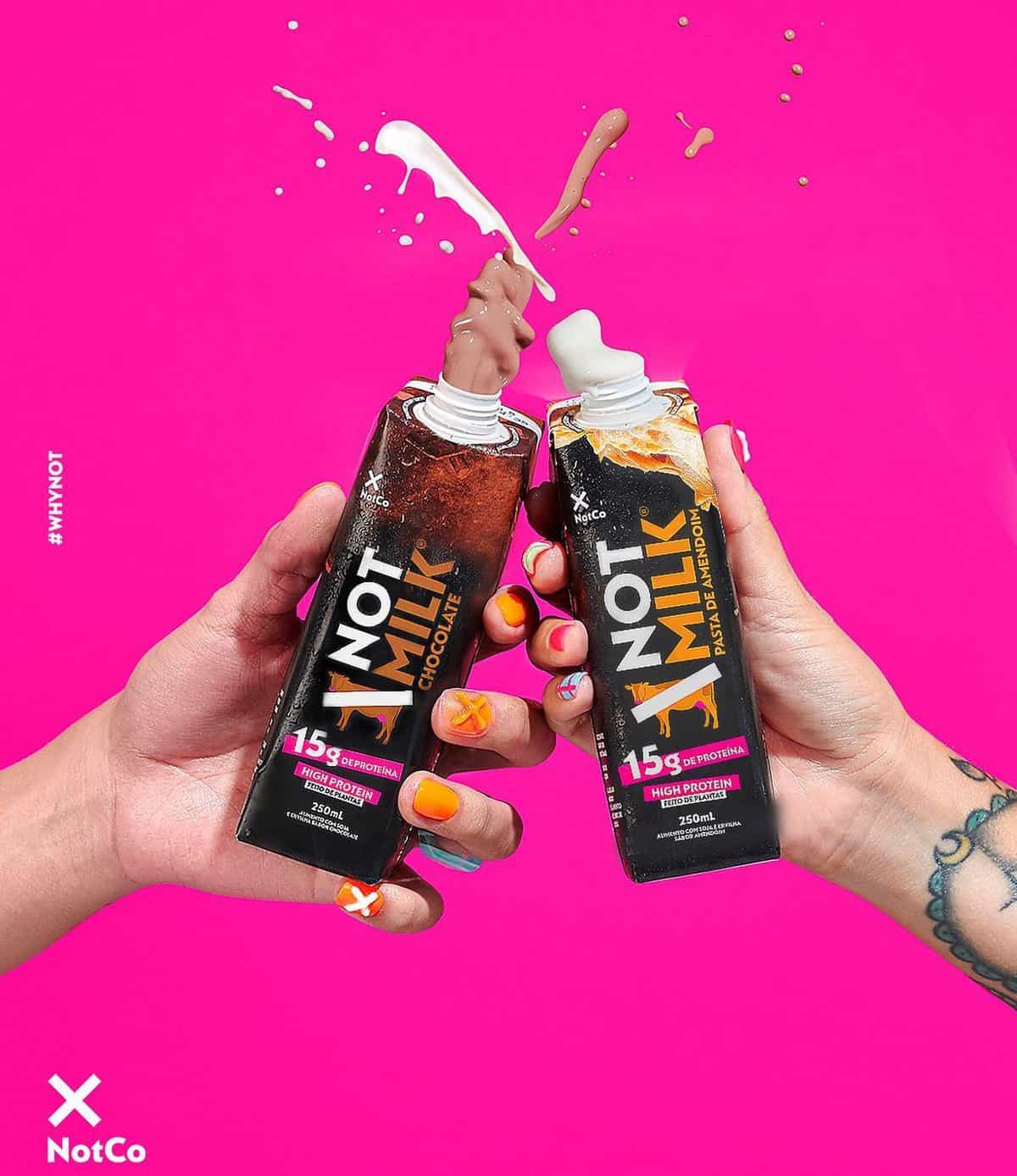Op Ed: Lorna De Leoz, Ph.D. of Agilent Technologies on Food Fraud – vegconomist

Lorna De Leoz, Ph.D., has nearly 20 years of experience in the food industry as a bench chemist, graduate researcher, and mass spectrometry specialist. She is currently Global Food Segment Manager at Agilent Technologies.
Previously she was a Research Chemist at the National Institute of Standards and Technology where she led a global study on the glycosylation of monoclonal antibodies and extended the scope of the NIST mass spectral libraries to include oligosaccharides. Lorna completed her Ph.D. in Chemistry at the University of California, Davis where her research focused on understanding the role of milk oligosaccharides in infant gut flora.
How testing early and often for food fraud can protect your customers and your brand
By Lorna De Leoz, Ph.D.
Those of us in the sustainable food industry are rightly focused on making alternative meat products as appealing to consumers as possible in terms of taste, texture, and presentation. This is essential work, but there’s another area to watch—the potential for food fraud from suppliers that provide your ingredients.
Food fraud has become a more serious issue in recent years as companies expand their global footprint and as the supply chain is disrupted by inflation, higher energy prices, geopolitical tensions, and lingering pandemic challenges.

These factors can increase the risk of doing business with a food supplier tempted to expand their bottom line by adding cheaper and visually similar fillers to their powdered raw materials for alternative proteins. Yet it only takes a single case of food fraud for a consumer to lose trust, or worse, experience a serious health reaction to an allergen or contaminant. Fortunately, the right testing approach can substantially lower such financial and reputational risks.
Integrating testing as imperative
The first key to reducing this risk is integrating testing into all stages of the product development and optimization process, far before regulatory testing is conducted during the commercial phase. These tests ensure you avoid a costly surprise later in the product manufacturing process. Ideally, you’ll do the testing yourself. But if that’s not possible, use a credible, third-party testing lab with a strong track record in food testing.
The second key is ensuring your testing is done with fit-for-purpose and high-confidence solutions, starting from efficient sample preparation, robust and reliable characterization, to simplified data analysis and reporting.
Targeted and non-targeted approaches using mass spectrometry help detect trace adulterants among thousands of possible contaminants or compare chemical fingerprints of authentic and real-world samples. They can even tell you the geographic origin of the ingredient, which is critical for sustainable food companies that prioritize strong environmental and labor practices within their supply chain. For example, Professor Chris Elliott’s team in Queens University Belfast is working on a method to detect soy derived from deforested land.

Finally, as a company focused on sustainability, you can also ensure that your testing is done in an environmentally responsible way by confirming the testing lab is using instruments with the My Green Lab Accountability, Consistency, and Transparency (ACT) label or a similarly rigorous independent certification label. The ACT label provides information about the environmental impact of manufacturing, using, and disposing of the instrument and its packaging.
While performing testing to monitor critical ingredients across product development and manufacturing takes time and effort, the investment will pay off by protecting your product, lowering supply chain risk, and most importantly, protecting your consumers and earning their long-term trust and loyalty.




